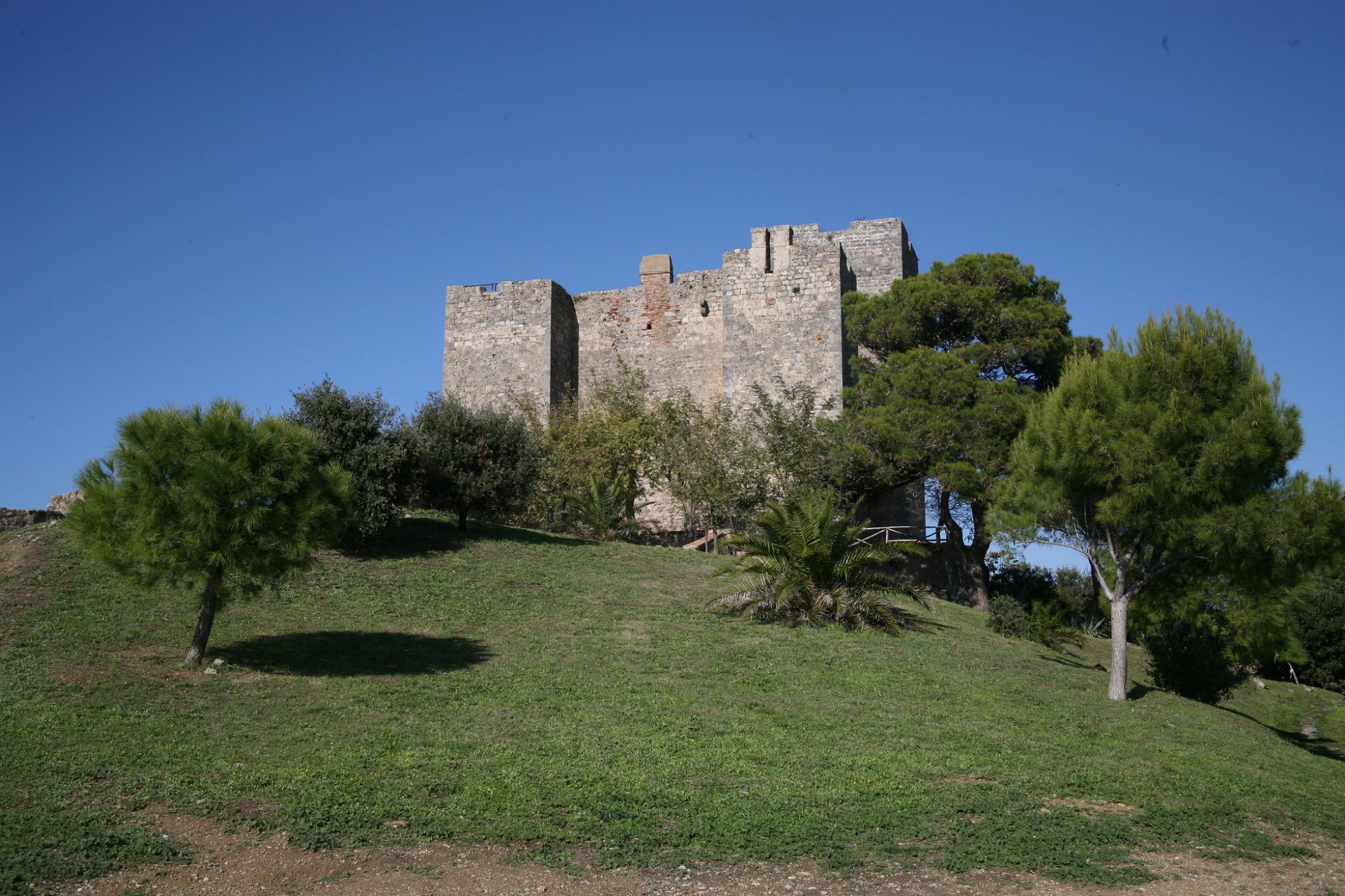
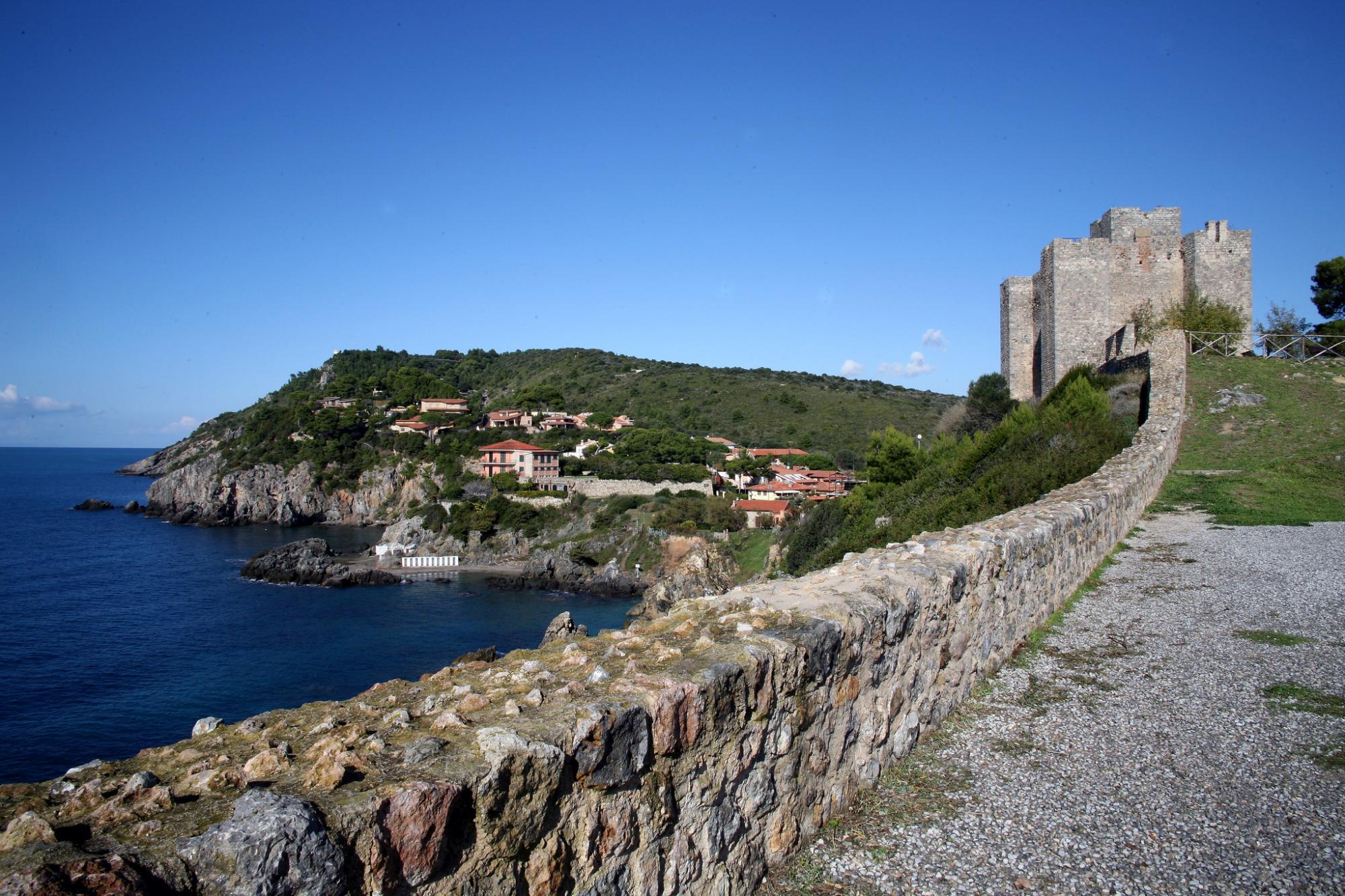
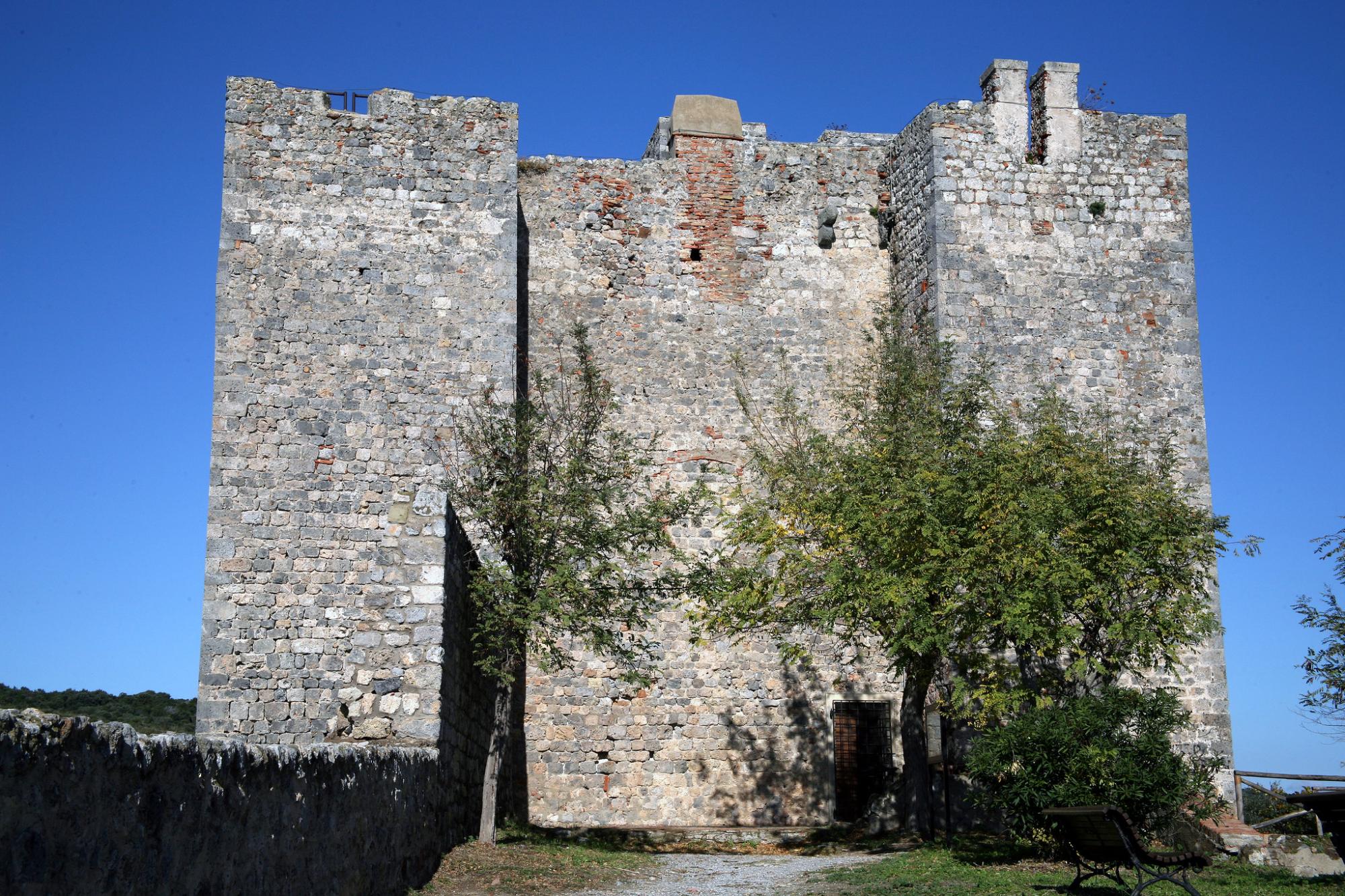
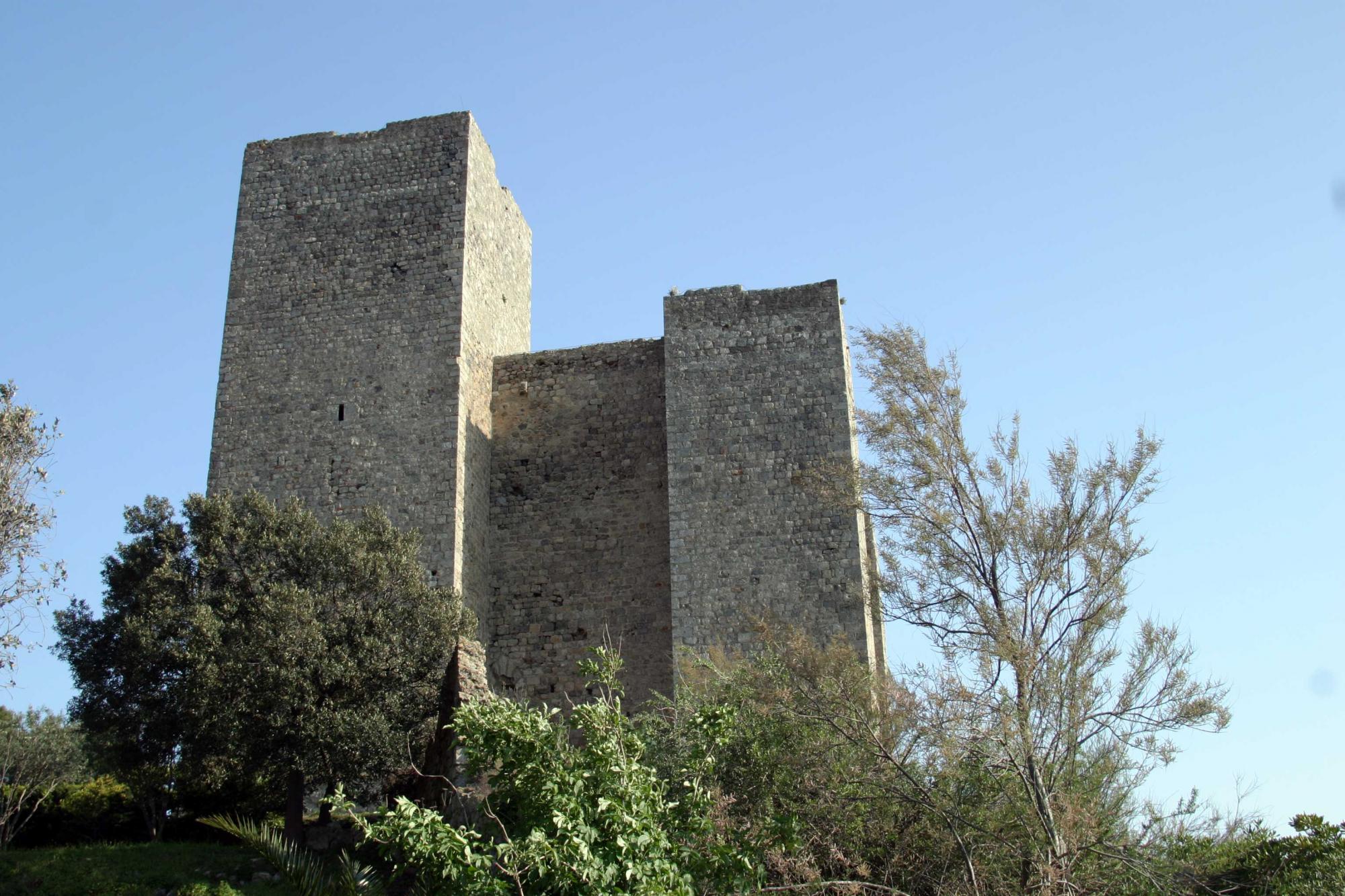
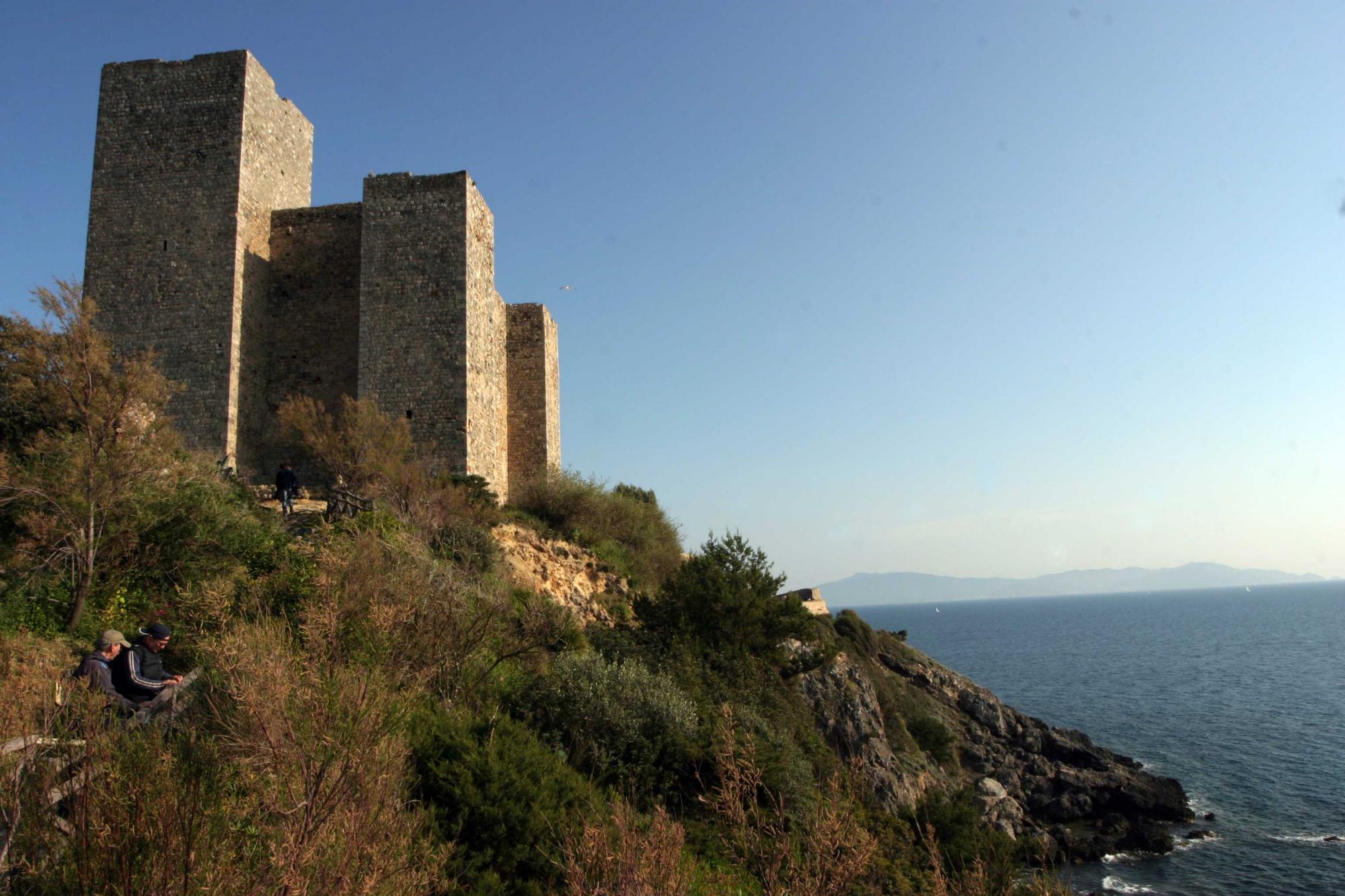
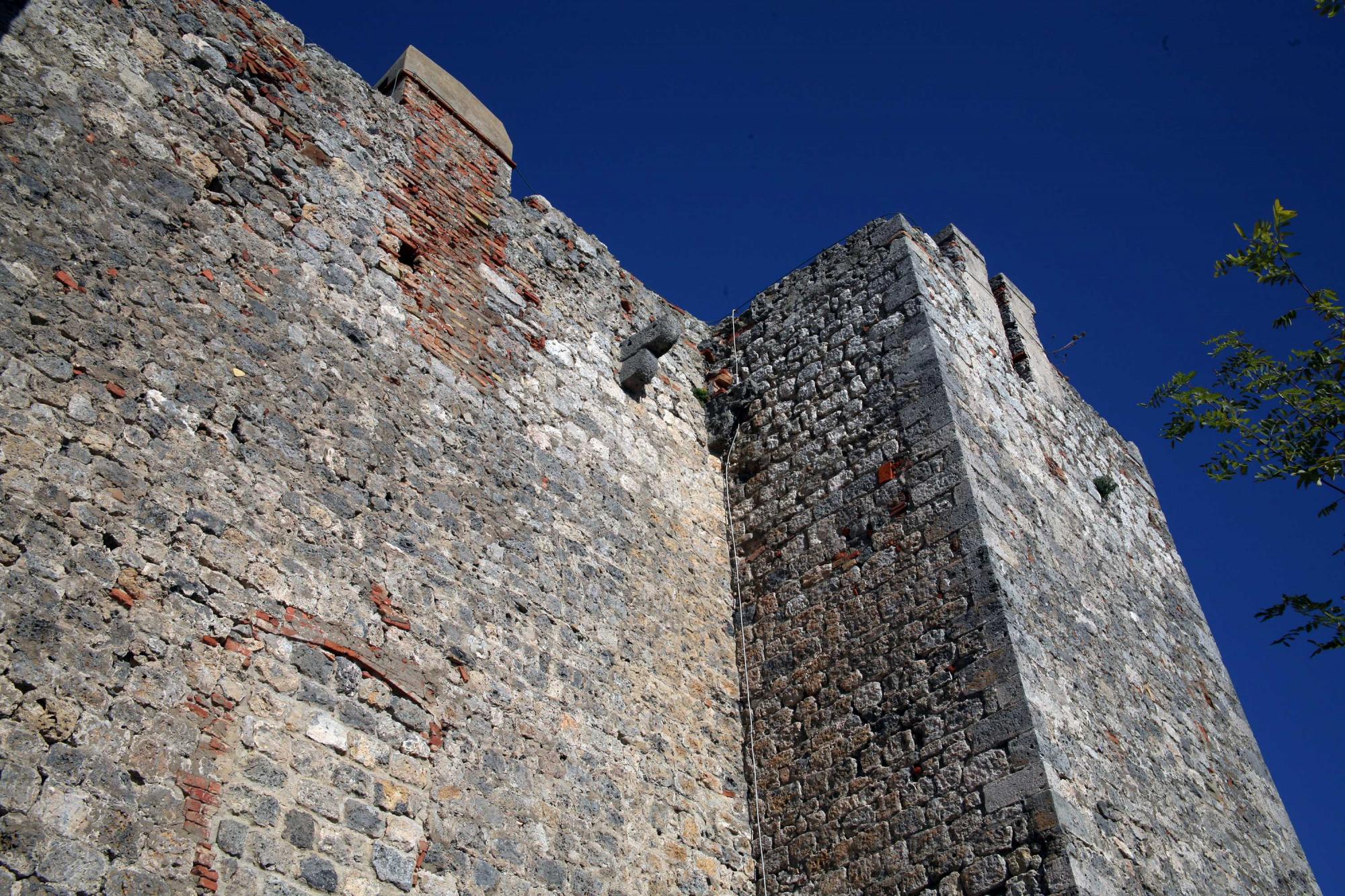
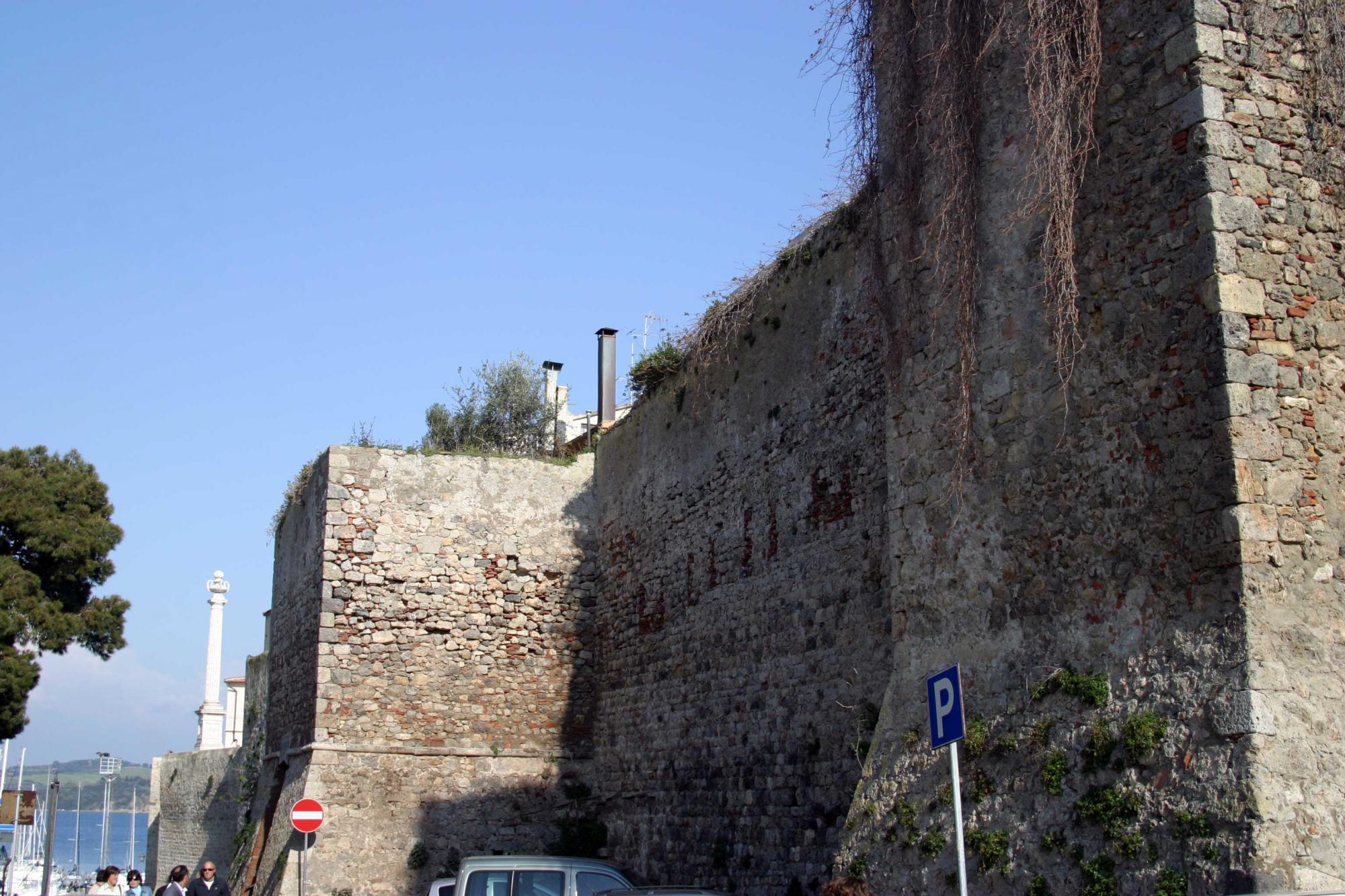
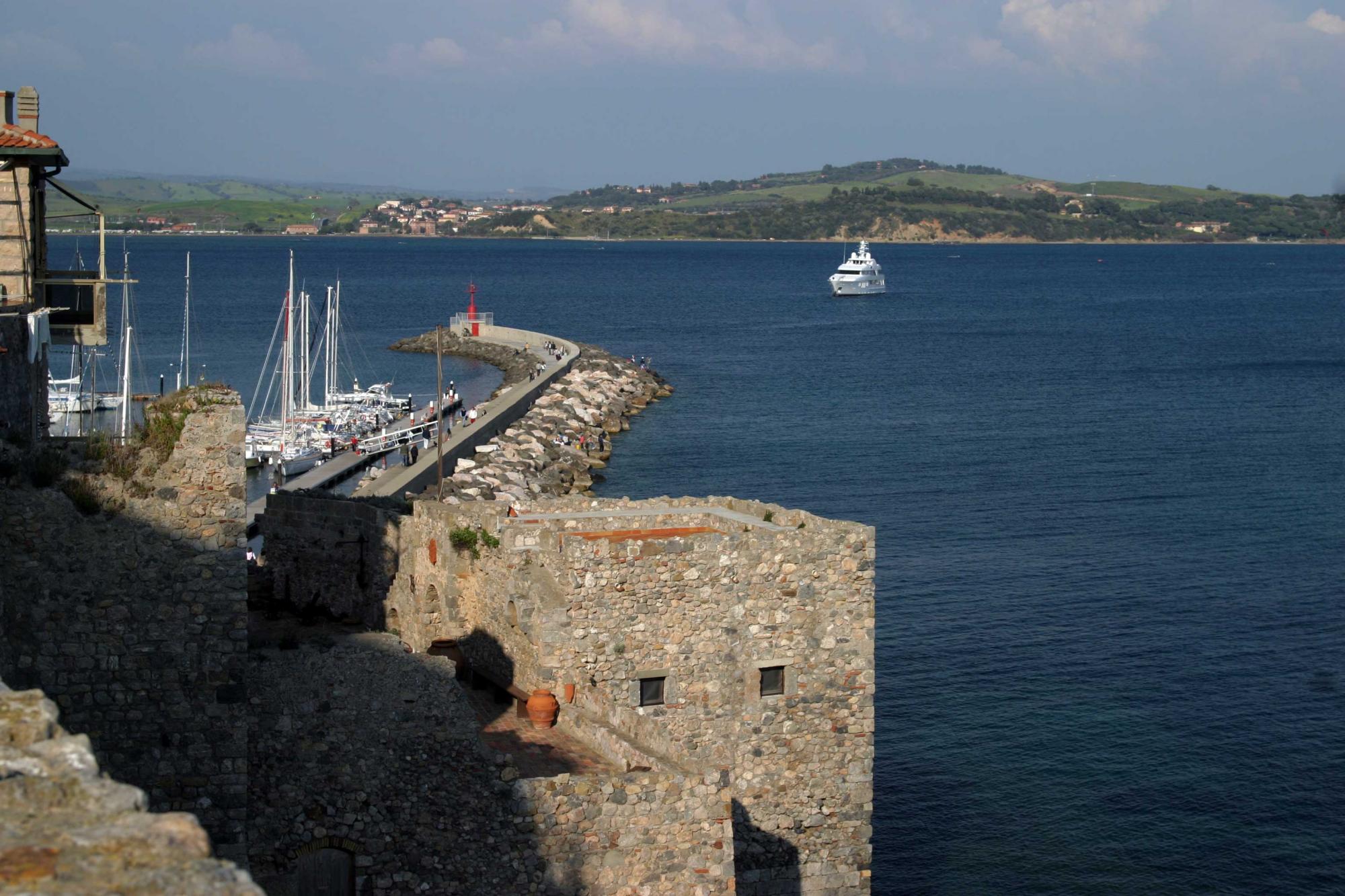








How to reach
Talamone stand on a rocky promontory at the southern edge of the Uccellina Park (Parco Naturale della Maremma), between grosseto and Mount Argentario. Can be reached following the SS1 Aurelia until the exit Fonteblanda/Talamone.
History
The ancient town of Talamone rises on a promontory at the southern extremity of the Uccellina Mountains (National Park of the Maremma), settled in a dominant position on the Tyrrhenian coast. The site has been an important settlement since ancient times: first Etruscans (traces of the city of Tlamu were discovered on the 'Talamonaccio' hill in 1888, not too far from the actual suburb) and then Roman. At the end of the last century, important architectural rests of this age returned to the light: a pagan temple of the 225 A.C., built in commemoration of the victory [528 AC] of the Roman troops of Attilio Regolo against the Barbarian invaders (these vestiges are now preserved in the Archaeological Museum of Florence), the cemetery of the same battle, graves of the 200 A.C., ruins of the thermal baths, and, in the nearby valley of the river Osa, the rests of a bridge with four arcades.
From ancient times to the Middle Ages, Talamone passed a period of almost total abandonment, unused ownership of the monks of Abbadia S.Salvatore on Mount Amiata. It knew new life when it became the fief of the Aldobrandeschi family and in the year 1303 of the Sienese Republic.
Siena reactivated the port, trying to make it an important maritime base, and built the mighty castle, which still today dominates the town and a great part of the surrounding zone. The fortification has a square shape, strengthened by turrets on the three angles toward the sea and on the fourth by a taller and thicker tower, with the main function of a watch tower.
The castle was at the core of the walls, of which are still visible notable rests that encircled the town, on the vertex of the rocky promontory above the sea. The agglomeration of the houses results to be decentralized, separated from the fortifications by a wide area of respect.
The Sienese dream to make Talamone a powerful seaside town failed, and the town returned soon in a state of abandonment, so much so that the chronicles remember Talamone as an easy prey of the Saracen pirate raids.
In the 15th century, Siena repaired the fortification during the war against Florence, but this didn't prevent the castle from being destroyed twice. Its actual aspect, smooth and deprived of crenellation and other parts, is due to the works of restoration made in 1557, when Talamone became part of the State of the Spanish Garrisons [Stato dei Presidi Spagnoli], where it remained until 1801.
After a short Austrian domination first and of the Kingdom of Naples then, in 1814 Talamone became part of the Gran Duchy of Tuscany. Talamone signed the book of Italian history in 1860, when Garibaldi disembarked with his men (the 'Mille'), to get supply of weapons and munitions, on the route for the conquest of the Kingdom of the Two Sicily's.